Tokyo, no doubt, is vibrant with life, booming future and modern growths, and a hub for tourists . But if you are within that percentage of people who want to look around the corner and find out Japan’s underrated show-stealers. In 2025 these Japan’s rural towns, scenic islands, and cultural escapes are calling out to interested travelers wanting authenticity over neon lights.
These hidden gems are more than just some vacation spots – from Yakushima’s misty forest areas to Naoshima’s contemporary art locations – they’re experiences that will soothe your soul.
1. Yakushiwa (Kagoshima)
Designated as a UNESCO World Heritage Site, Yakushima, is one of Japan’s most mystical places. Its landscapes even inspired Studio Ghibli’s “Princess Mononoke.”
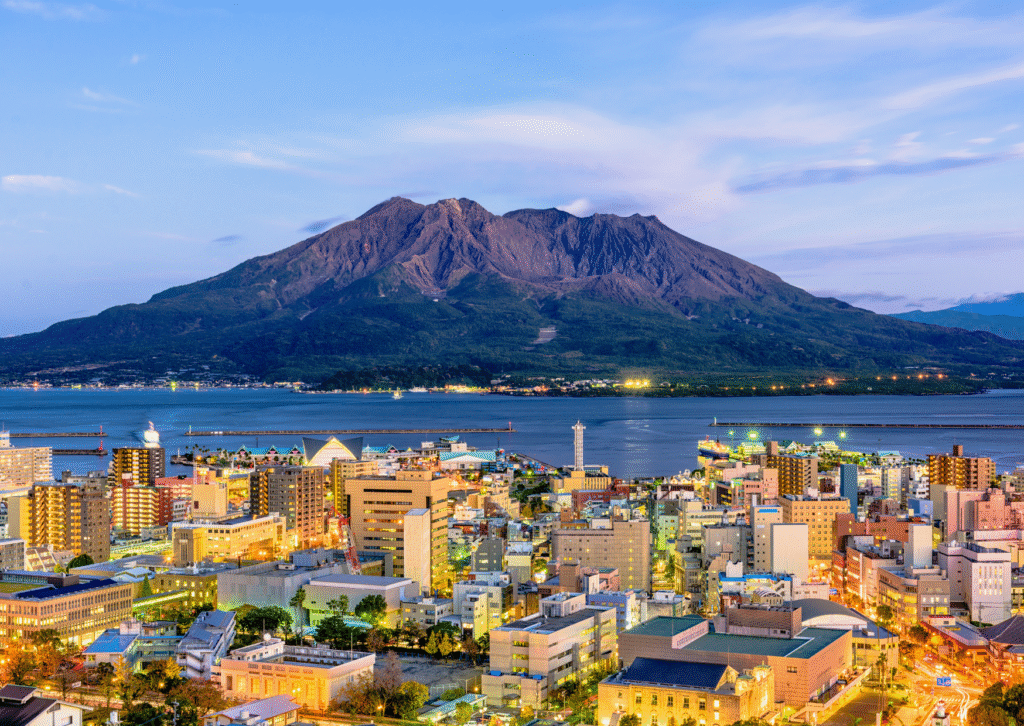
It is an outlying island off the southern coast of Kyushu, enveloped in ancient cedar forests, some over 70,000 years old, the island in itself is a wonderland filled with waterfalls, moss-covered paths, and rare wildlife. The subtropical climate of the island gives it a wild, natural beauty. You are going to be lucky enough to experience sunshine, mist, and rain all within a single hike. Hiking along the trails of Shiratani Unsuikyo Ravine or the long trek to Jōmon Sugi, the oldest tree in Japan, is a spiritual experience on its own.
It is not all about the nature’s attractions, Yakushima will also give you bone relaxing hot springs, fresh seafood, and warm heartiness.
2. Kanazawa (Ishikawa)
Serving home to Kenroku-en, one of Japan’s top three scenic landscape gardens, Kanazawa offers as a replacement to the tourist crowded sites of Honshu. Kanazawa also offers a mixture of culture based elegance and rich past tales, often labelled as “Little Kyoto” for its well-kept districts and filtered atmosphere.
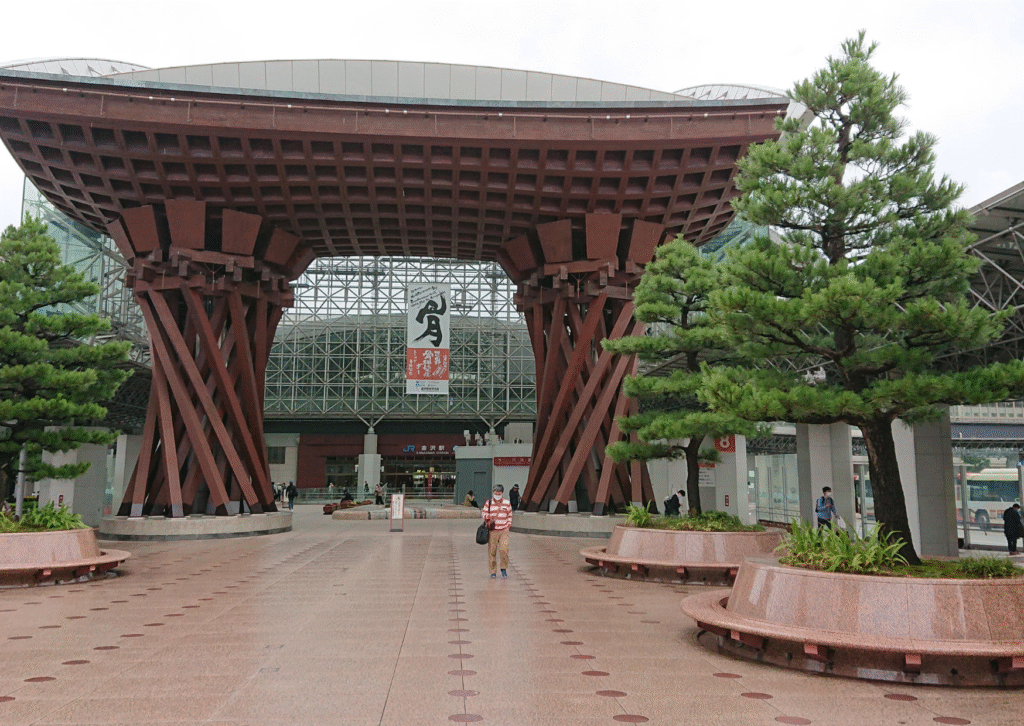
Take a walk around the Higashi Chaya District where the teahouses still has the echoes of the sounds of shamisen music. The 21st Century Museum of Contemporary Art adds a layer of courageous modern vibe to the city. Stop by the Nagamachi Samurai District, where the earthy mud walls and small lanes will take you back to Edo-period Japan. All these sites at one place set up a space where past traditions and modern innovations peacefully coexist.
Another local highlight here is its local cuisine, more emphasis on the fresh seafood at Omicho Market. Kanazawa additionally Japan’s golf leaf capital, must try out their golf-leaf ice-cream or buy gold-infused souvenirs.
3. Kinosaki Onsen (Hyōgo)
Cradled by the mountains of Hyōgo Prefecture, Kinosaki Onsen is a classical hot spring town which has more than a millions of bathing traditions. Visitors wear yukata and wooden geta as they visit one bathhouse and the next one and its next one and so forth, periodically stopping for local treats like Tajima beef skewers or matcha mochi. In the town central point it has a willow-lined canal, with charming ryokan inns, footbaths, and seven public bathhouses, each having its own style and cultural history.
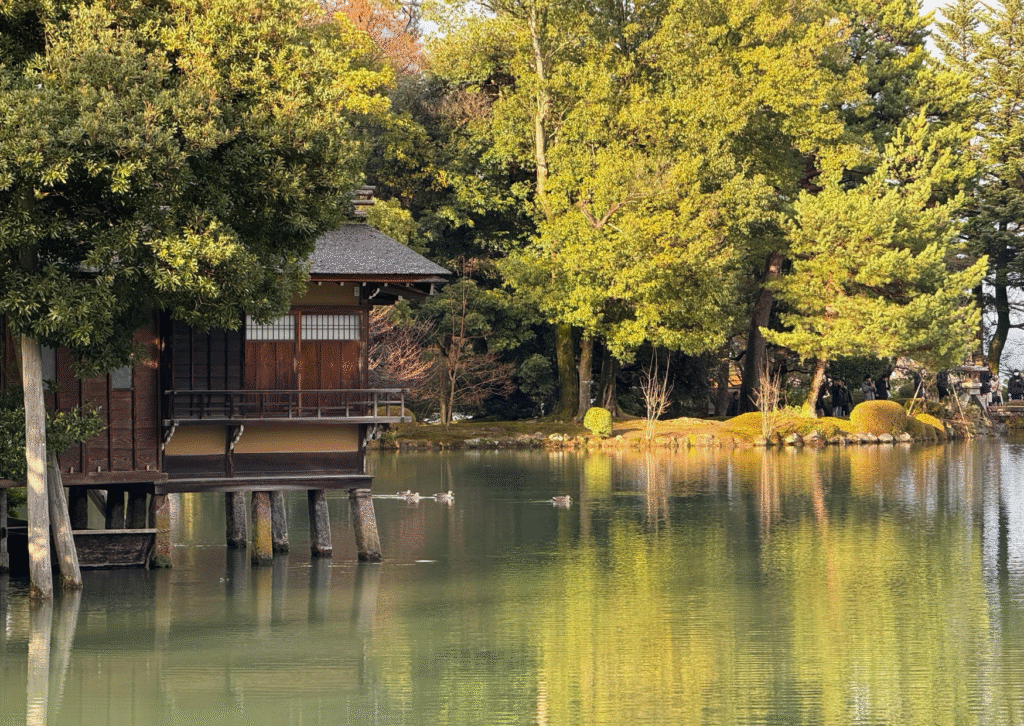
Although highly immersed in tradition, Kinosaki also offers a youthful vibe with its art galleries, bars, and cafes all owned by new generations of locals who are loyal to preservation of their hometown. The town has a slow paced atmosphere, whether you are relaxing in an open air-bath or idly watching koi fish swim through the canal.
4. Takayama & Shirakawa-gō (Gifu)
Nestled in Gifu’s mountain-cradled interior, Takayama impresses its visitors with its perfectly kept historical merchant houses, sake breweries, and vibrant morning markets. The town is much more atmospheric during the times of spring and autumn, when there are seasonal festivals which bring out centuries-old rituals and very carefully and flawlessly carved wooden floats.
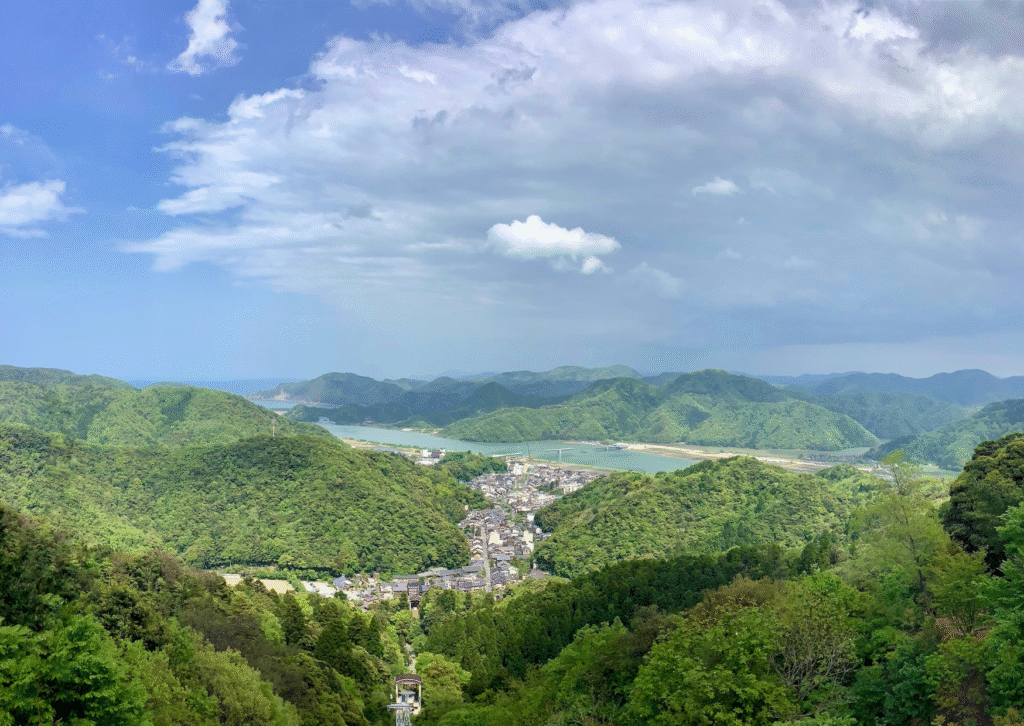
If you take a short journey away from Takayama there is Shirakawa-gō, a UNESCO World Heritage site known for its gasshō-zukuri farmhouses. With sharply designed thatched roofs to face heavy snowfall, these homes are hundred years or more old and most of them now serve as museums or guesthouses.
Both Takayama and Shirakawa-gō will give you a look into the Alpine side of Japan, where the time slows down and the tempo of rural life stays extraordinarily preserved. This region will always create a sense of awe and nostalgia within your soul regardless it’s steaming hot amazake or witnessing the snow-dusted rooftops.
5. Taketa (Oita)
A perfectly kept secret of Oita Prefecture, Taketa is a hushed samurai town bordered by alluring mountains and sharp in its historical charm. Here, the Inabake Residence, the well-kept home of a late feudal lord, and yearly events like the Bamboo Lantern Festival that brightens the town with thousands of illuminated orbs, are some of the town’s cultural highlights.
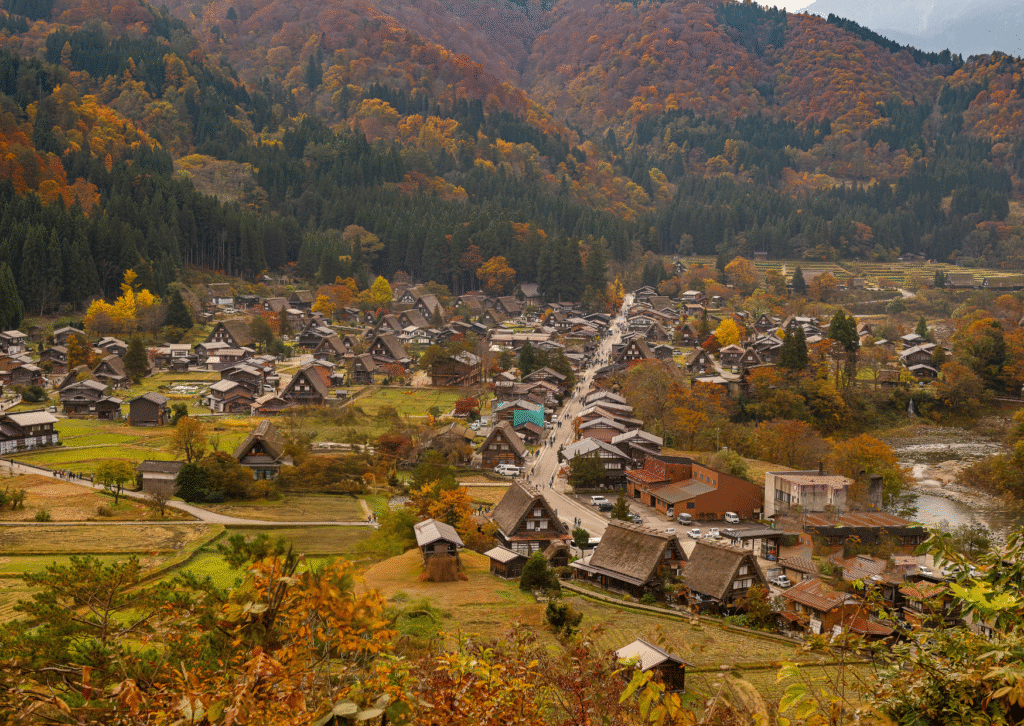
Influenced by the ruins of Oka Castle, which sits remarkably above the town, Taketa offers other-worldly views and a tangible sense of its enriched history. The town is also getting some attention as a hub of creative pullout, attracting artists and writers who are in search of rural beauty. With glass like waters, rice terraces, and peaceful tea houses, Taketa will surely bring out creativity and thoughtfulness.
6. Naoshima (Kagawa)
Naoshima is a locus for contemporary art and minimal architectural attractions, more widely famous as Japan’s “Art Island.” The Island is surrounded by the Seto Inland Sea, and is covered with installations that combine nature, imagination, and Japanese aesthetics. Other than its world known artistic influence, Naoshima preserves its sacredness and leisure vibe around the island.
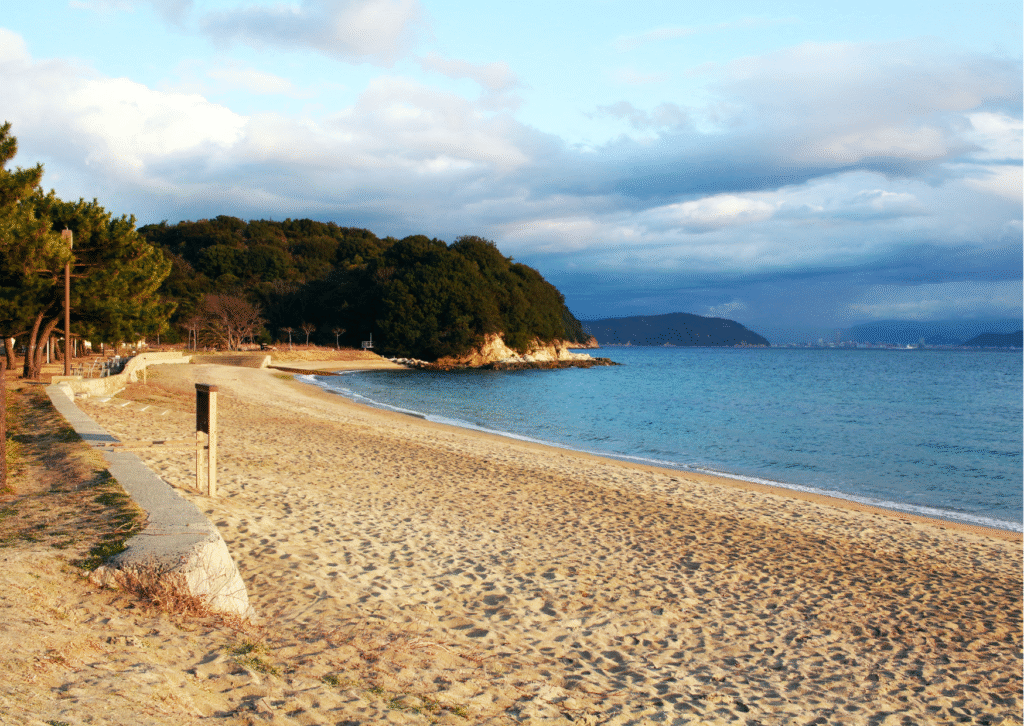
Walking around the Island, you come across several spots to stop by and enjoy:
- The Benesse House Museum, sketched out by Tadao Ando, erases the line between museum and accommodation.
- The Chichu Art Museum, mostly not so heard of, shows works of James Turrell, and Walter De Maria in purposely customized spaces that make use of nature’s light as a part of the experience.
- Yayoi Kusama’s prominent pumpkin sculptures or unpredicted art nestled into old houses as a part of the Art House Project.
7. Ogasawara Islands (Tokyo-governed)
In spite of being a part of Tokyo, The Ogasawara Islands are a completely different world on its own. Situated over 600 miles south of the landmass, these subtropical islands serve as a home to some of the rarest flora and fauna, coral reefs, and white sand beaches that can rival against the best of the Pacific.
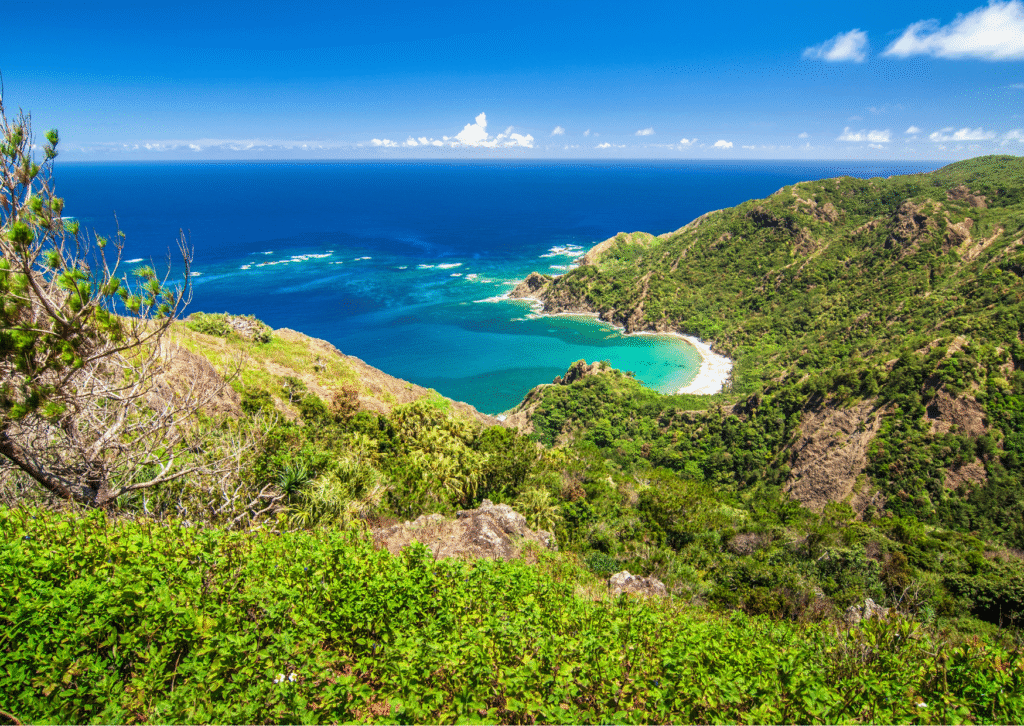
Often termed as “Galapagos of the East,” the island nestles an unique biodiversity, with species that are found nowhere else on earth. Whale watching, snorkeling, and adventurous scuba diving are major attractions, and with guided hike trails through the jungle filled with numerous exotic birds.
The Seclusion of the Ogasawaras is the main feature of its allure. When the night sky breaks into stars, the time seems to pause with every slow tide, you get a sense of calmness and awe here. These islands also serve as a window into Japan’s maritime heritage, with its historical museums and memorials that cast a reflection of their strategy in World War II history.
Whether you’re walking along the footsteps of samurai in Taketa, losing yourself in the art-rich landscapes of Naoshima, or taking breath in the mistiness of Yakushima’s age-old forests. These destinations will give you moments of connection, solitude, and surprising elements in abundance, and promise you with memories that you will carry throughout your lifetime, that will linger far longer than neon nights and lights.
In 2025, these hidden places in Japan are not just a for a visit, they are invitations to the world to come and see Japan in its full glory, as its locals do, with respect, curiosity and love. Say yes to the unknown corners of the endless fascinations these countries can offer!
